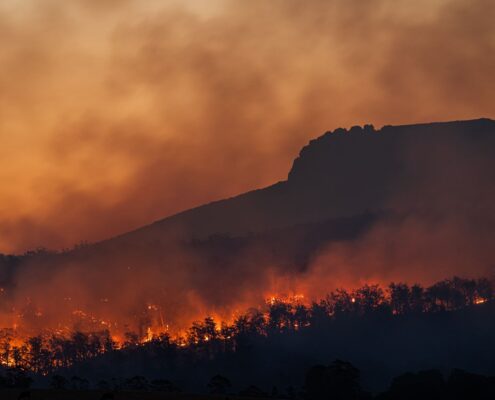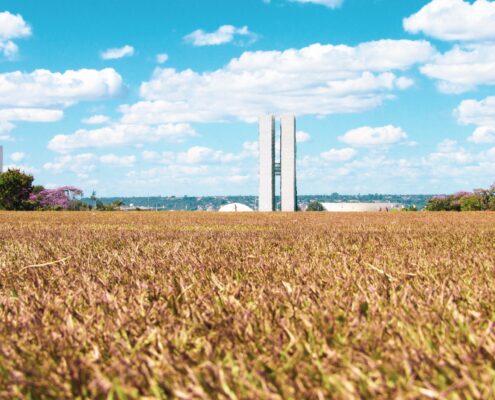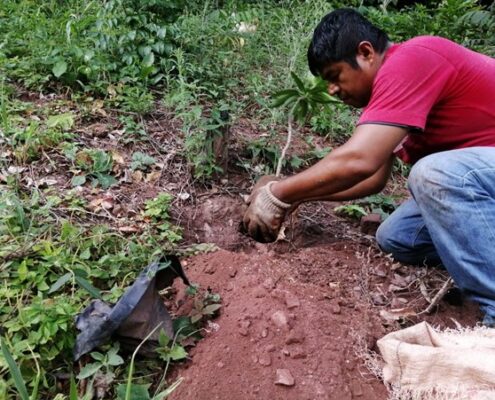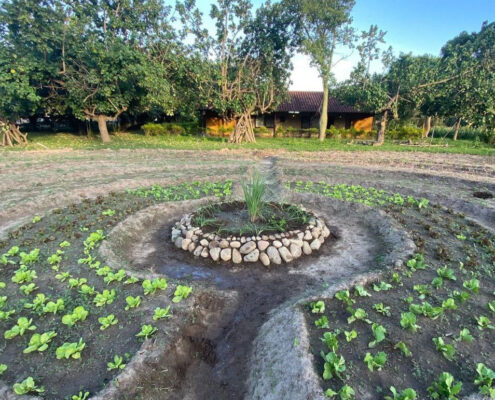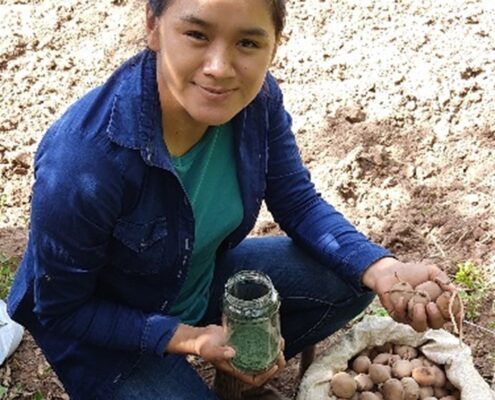 https://greenmarked.it/wp-content/uploads/2024/04/charles-betito-filho-vwC-S_RiKpA-unsplash.jpg
1080
1920
Sarah Santos Ferreira
https://greenmarked.it/wp-content/uploads/2022/01/LOGO-GREENMARKED-SITO-600x600.png
Sarah Santos Ferreira2024-04-25 20:29:572024-04-25 21:03:14Brazilian Biomes - Chapter 2: Cerrado The Inverted Forest
https://greenmarked.it/wp-content/uploads/2024/04/charles-betito-filho-vwC-S_RiKpA-unsplash.jpg
1080
1920
Sarah Santos Ferreira
https://greenmarked.it/wp-content/uploads/2022/01/LOGO-GREENMARKED-SITO-600x600.png
Sarah Santos Ferreira2024-04-25 20:29:572024-04-25 21:03:14Brazilian Biomes - Chapter 2: Cerrado The Inverted ForestApril 26, 2024
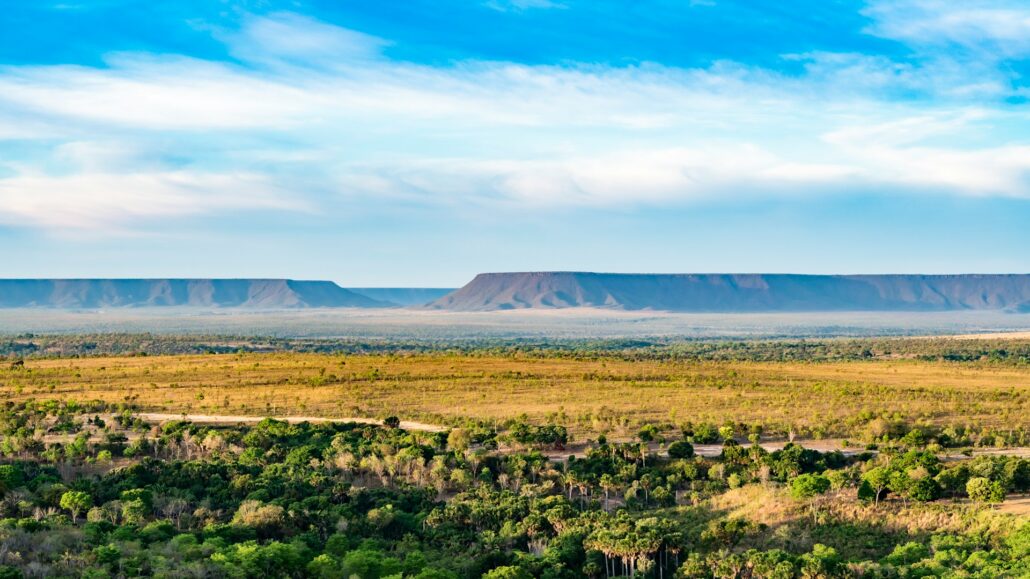
The Cerrado is a vast ecoregion of tropical savanna in eastern Brazil. It characterizes several states including Goiás, Mato Grosso do Sul, Tocantins, Maranhão, Piauí, Bahia, Minas Gerais, São Paulo, Paraná, and the Federal District. It covers approximately 23% of Brazil’s land area and extends marginally into Paraguay and Bolivia.
Unique vegetation types, including forest savanna, wooded savanna, park savanna, and gramineous-woody savanna characterize the Cerrado. It also includes savanna wetlands and gallery forests. With over 10,000 plant species, of which 45% are exclusive to the biome, it is considered the world’s most biologically rich savanna. However, currently only less than 3% of its area is protected by law [1].
Although access to scientific research becomes increasingly difficult for those without formal credentials, my determination remains unwavering. To illustrate the importance of the Brazilian Cerrado in academic circles, I conducted a comparative analysis using the BASE database. The results were striking as expected: 13,923 hits for Caatinga-related papers versus 52,117 hits for the Cerrado. These figures encompassed articles published in journals, newspapers, academic reviews, and theses spanning from 1960 to 2024. Clearly, the Cerrado is a focal point for scholarly investigation.
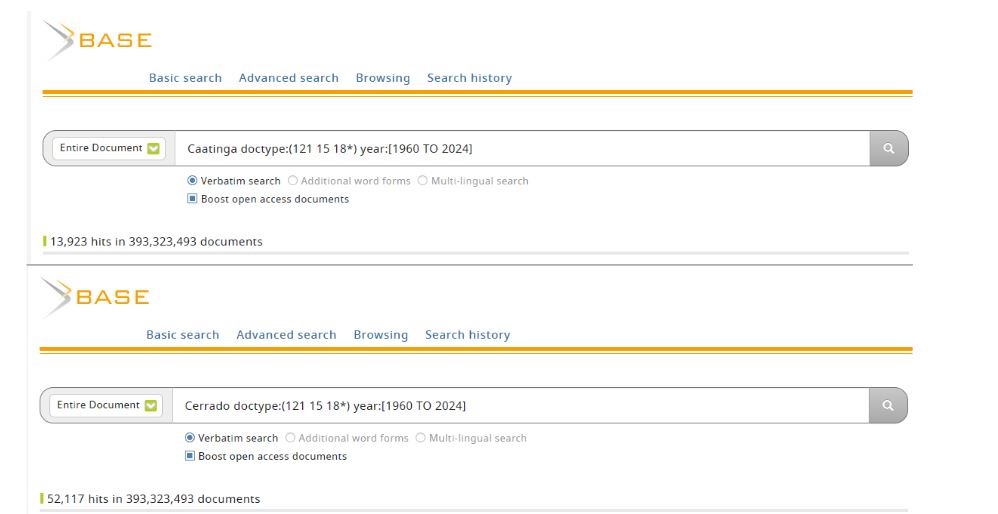
Fig. 1: Results of a search for the Caatinga and Cerrado articles on BASE (Accessed on April 25, 2024).
“Why should I care about it?”
Despite its ecological importance, the Brazilian Cerrado feeds 3 of the major water basins in South America – the Amazon, Paraguay and São Francisco rivers – and 8 out of the 12 most important Brazilian hydrographic basins. Moreover, 25 million people live in this area amongst whom 80 indigenous ethnicities and many quilombola communities.
However, in the mid-20th century, the Cerrado’s nutrient-rich soils became a prime target for agribusiness expansion. Since then the implementation of large-scale monocultures of soybean and cattle in the region resulted in a drastic decrease of natural vegetation. Currently, only 20% of the original Cerrado vegetation remains intact [2]. Needless to say, due to the extensive deforestation and intensive irrigation of crops water and land conflicts arise as traditional communities and smallholders struggle against powerful agribusiness interests in the biome.
Inverted thinking for inverted forests
The 15-meter-deep roots of the typical Cerrado trees carry rainwater deep into the ground and promote the flow between the major rivers cited before. The disruption of this delicate balance, precipitated by deforestation, disrupts the natural capacity of the land to absorb water. Consequently, surface runoff increases, exacerbating erosion and contributing to a cycle of excessive flooding during rainy seasons and water scarcity during droughts. [3]
Studies have already shown the link between the production of agricultural commodities and water scarcity. Hence, what seemed to be the solution for the Caatinga also applies to the Cerrado: increase the integral protection of the biome and regulate the land-use agreements in the biome. However, people all over the world can also improve the statistics for the future of the Cerrado by reducing their meat consumption, since Brazil is responsible for 20% of the beef and 42% of the soybeans consumed in the world.
References
Click here to expand the references[1] WWF Brasil. (n.d.). Cerrado. Cerrado | WWF Brasil
[2] Food and Agriculture Organization of the United Nations (FAO). (n.d.). Protection of the upside-down forest – monitoring and sustainable use of the Cerrado. Protection of the upside-down forest – monitoring and sustainable use of the Cerrado | REDD+ Reducing Emissions from Deforestation and Forest Degradation | Food and Agriculture Organization of the United Nations (fao.org)
[3] Agência Brasil. (2023, September). Deforestation in Brazil’s Cerrado threatens water security countrywide. https://agenciabrasil.ebc.com.br/en/geral/noticia/2023-09/deforestation-brazils-cerrado-threatens-water-security-countrywide
Related articles:
Cover- and preview image: Jalapão, 2 September 2022. Free-source photo by Charles Betito Filho on Unsplash

